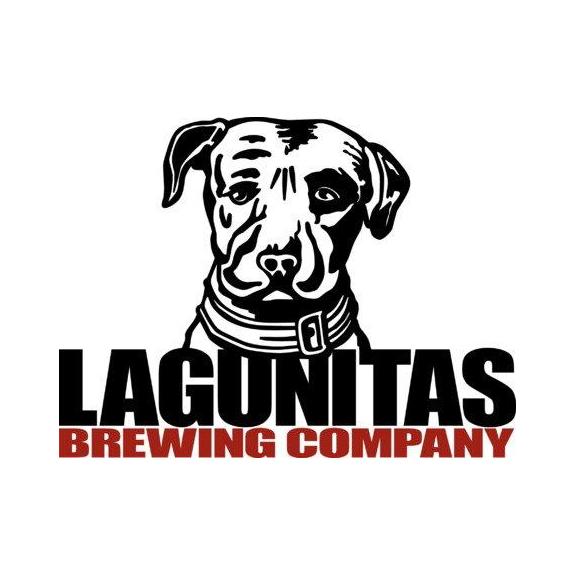Craft brewery market crowded but still popular

Among some of Illinois’ popular craft beers is Lagunitas.
August 26, 2019
Craft beer has certainly faced challenges in past few years. From an over-saturation of the market, to breweries selling out to big beer, it poses a question for us to consider… Does craft beer have what it takes to remain the popular beverage of choice?
Let’s first consider what craft beer is: According to The Brewers Association, it’s brewed by a small and independent brewer, with an annual production of 6 million barrels of beer or less. And it must not be more than 25% owned by any company that is not in itself, a craft brewer.
In our home state of Illinois, there are 229 craft breweries. And we have had some big names under our belt that even a non-beer drinker would recognize. Think Revolution Brewing, and names that are also popular but have sold their profits to “big beer”, such as Goose Island and Lagunitas. National craft beer sales continue to be on the rise, with a 3.9% upswing in growth in 2018. And it puts the US on the top of the list, with more brands and styles sold than any other country in the world.
People are drawn to craft beer because of its independent nature, there’s is a focus on quality ingredients and innovation. Brewers are constantly adding unexpected ingredients to their brews and there are a million different ways to combine these ingredients to produce something fresh and creative. To entice our taste buds, they’re creating combinations with a fresh twist on classic styles and often something new and different entirely. Craft breweries also tend to be involved with their communities, through donations, philanthropy and sponsoring events. They engage in collaborations with other small brewers, showing a sense of community and support for others involved in the craft.
And beer in general has its own allure, especially as a social beverage. You’ll find people drinking it around campfires, at the local pub with friends, and outside at a ballgame. We even see grocery stores that let you drink while you shop. There are craft beer festivals popping up all over, a way to connect with likeminded individuals to try new local beers and discover new concoctions. It’s a beverage that is meant to be shared and with that sharing it generates a sense of connection. This tradition dates back all the way to ancient times, thousands of years ago cultures in China, Egypt and Europe were brewing and consuming beer.
The drawbacks to the popularity of craft beer though are that brewers are having a hard time making their own mark, in a sea of breweries and brewpubs popping up. The Brewers Association (BA) found that 85% of Americans now live within 10 miles of a craft brewer. With so many different beers out there and the number of breweries growing this year by 20%, it’s hard not to be overwhelmed by the number of choices. And it’s even harder for small brewers to compete with companies who have the money for the right advertising and exposure that it takes to compete in the market. The love of craft beer keeps growing, it’s on trend to know it, to love it and to drink it. The BA states that in 2014 and the decade preceding it, craft beer growth has grown by an average of 11% each year and craft brewers produced 21.7 million barrels of beer.
It is both difficult and yet understandable why companies like our local Chicago Lagunitas wanted to make a larger mark in the world by selling their business to Heineken. Company founder Tony Magee explains his thought process on selling to the world’s second largest brewer, in a blog post. “This is not the end of anything at all at Lagunitas, except maybe it is the end of the beginning, meaning that we are now standing at the threshold of an historic opportunity to export the excitement and vibe of American-born Craft Brewing and meet beer-lovers all over the Planet Earth, our true homeland. This could one day even be seen as a crucial victory for American Craft Brewing.”.
Further explaining the reason for the deal, Magee says in a press release, “[The deal] will open doors that had previously been shut and bring the U.S. craft beer vibe to communities all over the world,”. Beer enthusiast are divided over the decision. The company now has the opportunity to grow larger and more powerful than perhaps it ever could have without the help of “big beer” and its vast money and resources. But it now also loses its title as a craft brewery, and perhaps the uniqueness produced in making beer in smaller batches.
From 2014 to 2018 the number of U.S. craft breweries almost doubled. And retail dollar sales of craft increased 7%, up to $27.6 billion, according to the Brewers Association. So, the love of craft beer seems to be alive and well, at least for now. Considering its organic growth and the connections it produces between its makers and consumers, it seems to be overcoming any challenges standing in its way. And that is enough to give any craft beer lover a warm tingly feeling, similar to the way they feel sitting around drinking pints amongst friends, amiably connected.
